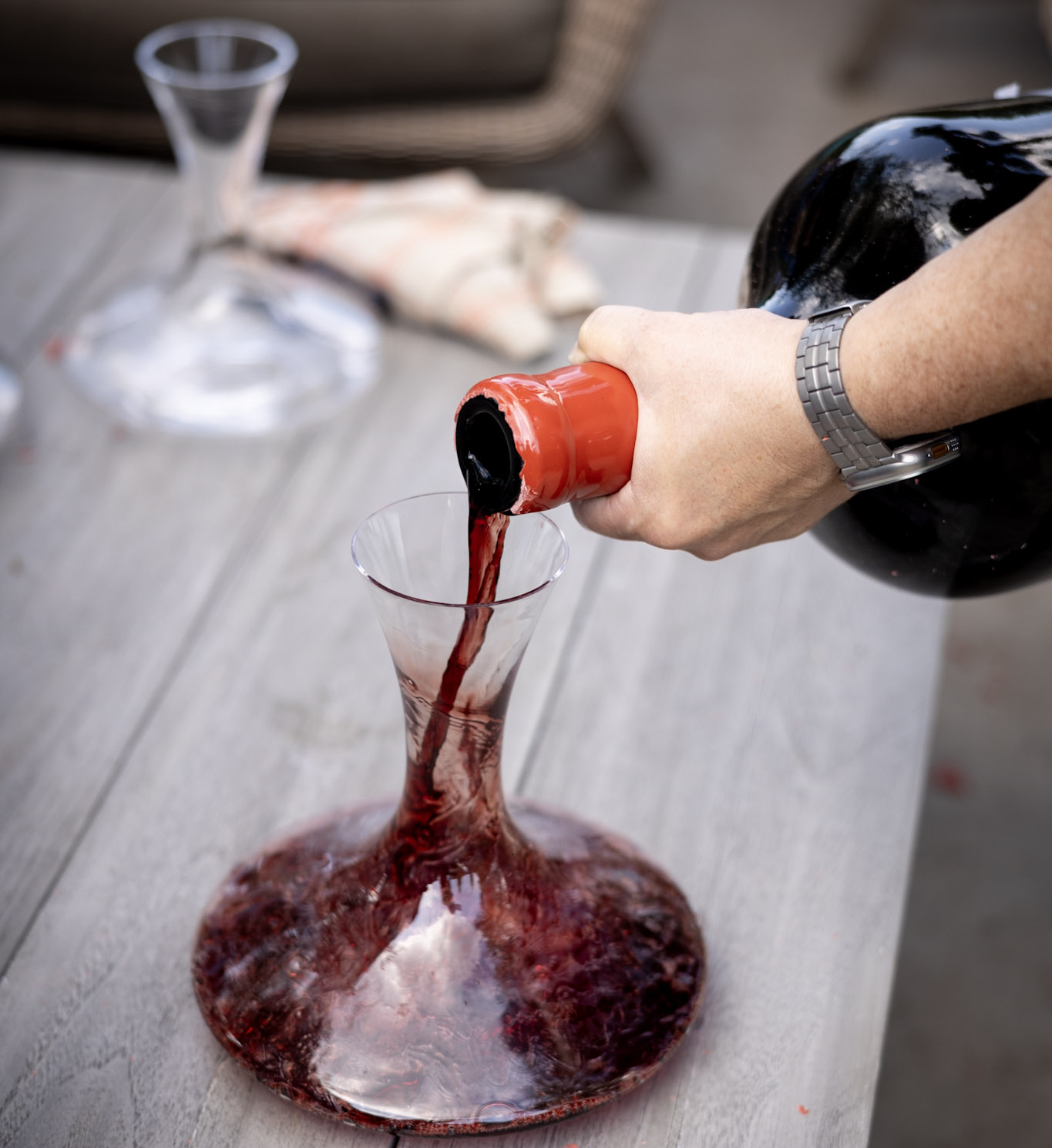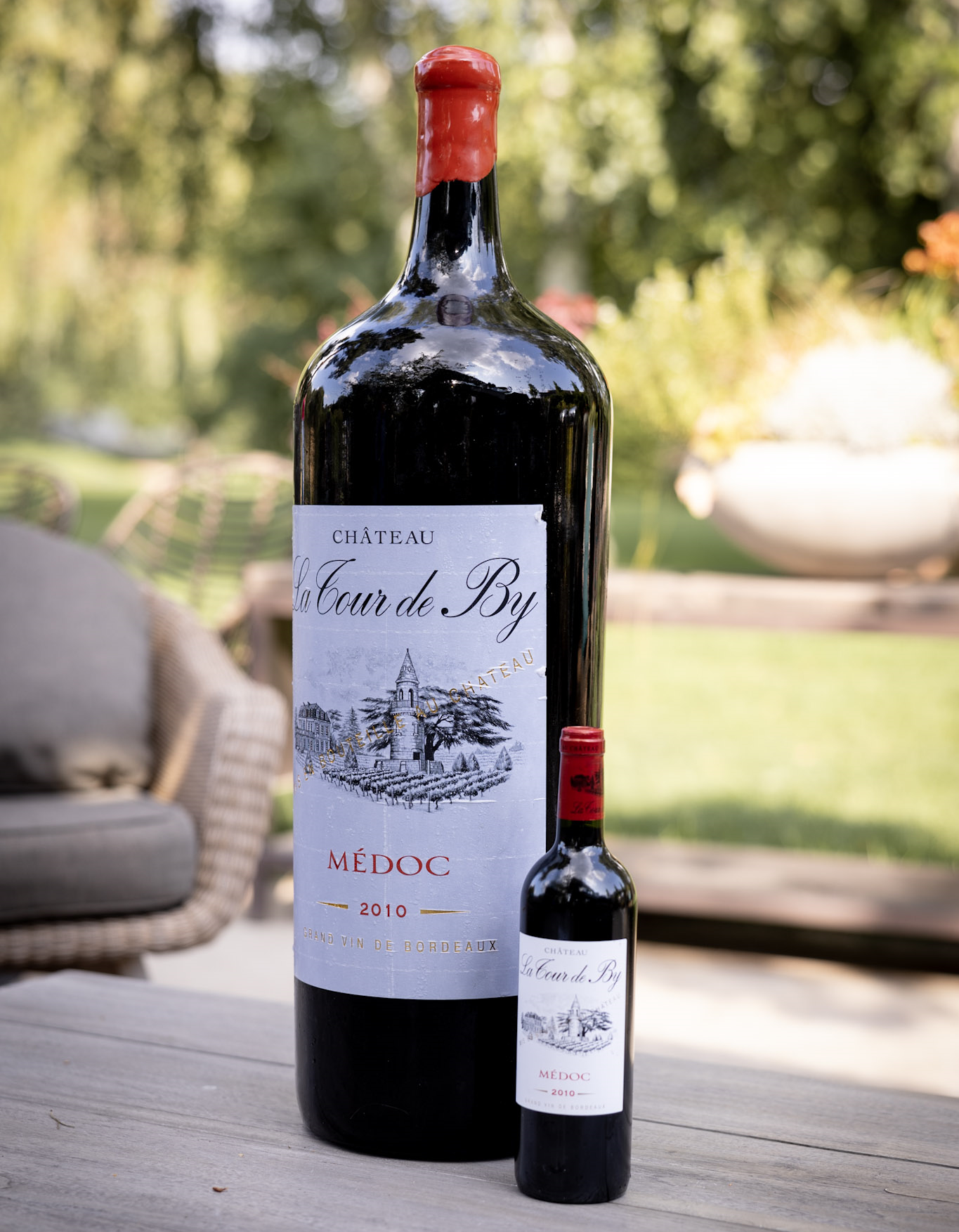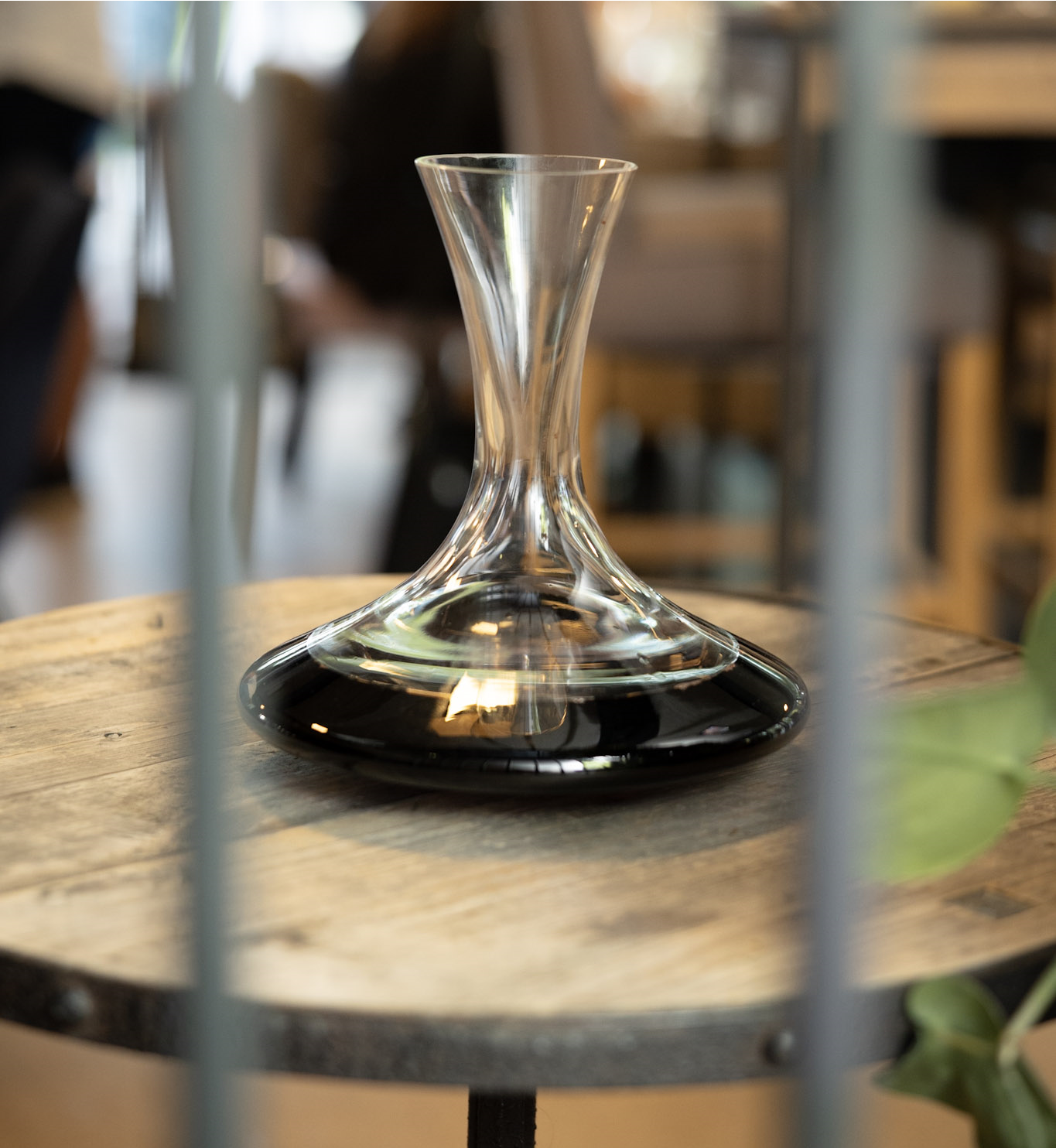Why and How to Decant Wine?
Decanting wine is more than just an old winemaking tradition; it’s an art that can significantly improve the flavor and overall experience of drinking wine. This guide summarizes the key information and tips for anyone looking to deepen their knowledge of decanting and enhance the quality of their wine.
What is Decanting?
Decanting is the process of slowly pouring liquid from one container to another. When you decant wine, you’re typically transferring it from its original bottle into a glass serving vessel, such as a decanter or carafe.
There are two main reasons for this:
- To separate the wine from the sediment that has formed at the bottom of the bottle (especially with older red wines). Sediment is a natural part of unfiltered wine or particles that form during the wine's aging process. Though harmless, it doesn’t look appealing in the glass.
- To aerate or “breathe” the wine, which enhances its flavor and aroma. Exposure to oxygen can open up a range of aromatic compounds and soften the wine.
When is Decanting Necessary?
Wines that are over 5 to 10 years old often require decanting. Most red wines older than 5 years start to form sediment, making decanting necessary. Almost all wines, red or white, over 20 years old will accumulate sediment but are also more sensitive to air. In such cases, decanting in a small container removes the sediment and controls aeration.
Young, high-quality wines, whether red or white, benefit from decanting, especially if they contain a high level of tannins. Aerating such wines brings out their complex flavors and aromas. If you’re unhappy with the taste of a wine, decanting can help by mellowing sharp acidity or an unpleasant vinegar-like smell.
How to Decant?
Place the bottle you plan to decant on a table about 24 hours in advance to allow the sediment to settle at the bottom. Prepare a decanter, a candle, and a glass alongside the wine bottle. On the day of decanting the red wine, follow these steps:
- Prepare a lit candle or flashlight next to the decanter.
- Open the bottle of wine and clean the neck to get a clear view inside. If the cork breaks during opening and small pieces fall in, use a strainer or filtered funnel when pouring the wine into the decanter.
- Slowly pour the wine along the side of the decanter. Hold the bottle’s neck over the candle to monitor that no sediment enters the decanter. Keep the candle at least 15 cm away from the bottle to avoid warming the wine. Once the bottle is about halfway empty, slow your pouring even more to reduce the risk of accidentally letting sediment spill into the decanter. Stop pouring as soon as you see sediment in the neck of the bottle. At this point, there will likely be around 30 ml of wine left in the bottle. The sediment may appear as chunks, grains, or flakes of solid matter. Sometimes, instead of particles, the wine may appear cloudy.
- Once the wine is transferred to the decanter, gently swirl the decanter in your hands. This allows the wine to open up, harmonizing its aromas and flavors.
How Long to Decant Wine?
Most wines benefit from approximately 30 minutes of decanting. The most important factor in determining how long to decant is your personal taste preference. The longer the wine is exposed to air, the softer its tannins become, resulting in a smoother, more complex flavor. Taste your wine every 20 to 30 minutes to test it, and serve it when it reaches your preferred flavor. Older, delicate wines should be decanted right before serving. They have already aged sufficiently in the bottle, so too much exposure to oxygen could alter their taste.
Common white wines and rosé don't require decanting—just swirl the wine in the glass for a few seconds before drinking. High-quality white wines benefit the most from decanting. Champagne and sparkling wines lose some of their effervescence when decanted, so decant them if you want more flavor and fewer bubbles. Light red wines, such as pinot noir, don’t need much time in the decanter. Full-bodied red wines, especially young ones, should be decanted for 20 minutes to an hour.
How to Decant Large Wine Bottles?
Decanting a standard 750 ml bottle or even a Magnum (1.5 L) is quite straightforward, but what if you have a large-format bottle like a Double Magnum (3 L) or larger? Should you use multiple decanters, or is it possible to refill one decanter after pouring wine into glasses?
Expert sommeliers recommend that you avoid interrupting the process when decanting older wines, as this could disturb the sediment and defeat the purpose of decanting. Master Sommelier Evan Goldstein shared his advice:
Prepare ahead with several decanters—the number needed depends on the size of the bottle and the size of the available decanters (which typically hold either a standard bottle or a Magnum). The decanting process should be continuous. Once you start, don’t stop until the process is complete, as stirring up the sediment would negate the decanting. Arrange for someone to help by swapping out the decanters as needed. If the bottle is larger than a Jeroboam (4.5 L), you will likely need a second person to help hold the bottle steady during decanting.



